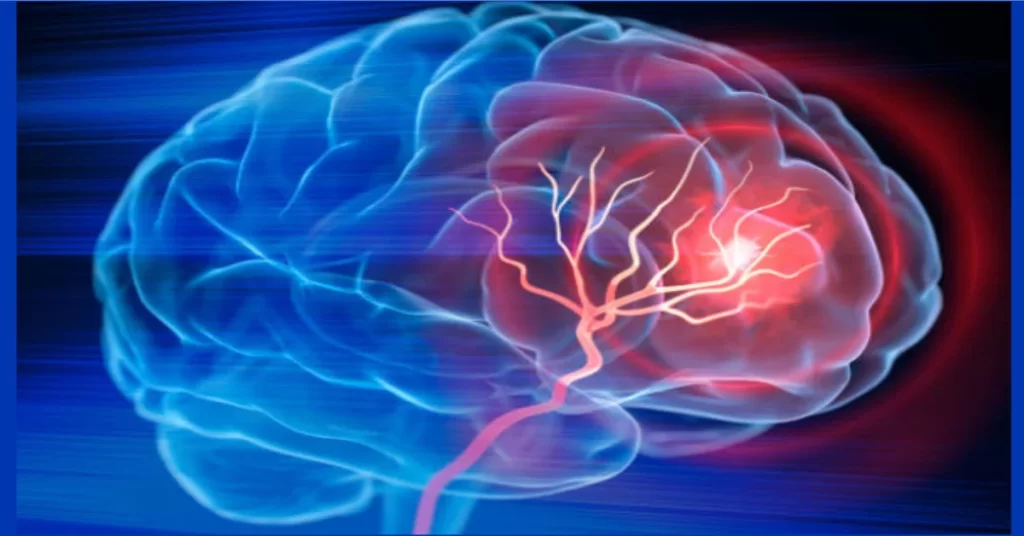ECLAMPSIA

Eclampsia: An In-Depth Analysis of its Introduction, Epidemiology in Africa and Tanzania, Definition, Causes/Predisposing Factors, Pathophysiology, Management, Prevention, and Recommendations. In Swahili it’s called kifafa cha mimba
Introduction: Eclampsia is a severe complication of pregnancy characterized by the onset of seizures in a woman who has previously been diagnosed with preeclampsia. It is a life-threatening condition that poses significant risks to both the mother and the unborn child. In this comprehensive article, we will explore the various aspects of eclampsia, including its epidemiology in Africa and Tanzania, its definition, causes/predisposing factors, pathophysiology, management strategies, preventive measures, and recommendations.
Epidemiology in Africa and Tanzania
Eclampsia is a major public health concern in Africa, particularly in sub-Saharan regions. According to the World Health Organization (WHO), Africa accounts for a significant proportion of eclampsia-related morbidity and mortality worldwide. Within Africa, Tanzania experiences a considerable burden of eclampsia cases. The high prevalence of eclampsia in Africa can be attributed to several factors, including inadequate prenatal care, limited access to healthcare facilities, poor nutrition, and socio-economic disparities.
Definition
Eclampsia is a term derived from a Greek word, meaning “like a flash of lightening”, defined as the occurrence of tonic-clonic convulsions and/or coma in a pregnant woman or during post-partum period with signs and symptoms of severe preeclampsia. Severe preeclampsia is a hypertensive disorder that typically arises after 20 weeks of gestation and is characterized by high blood pressure of >160/110mmhg, proteinuria of 300mg per 24hrs or >+2 on urine dipstick and organ dysfunction, most commonly affecting the kidneys and liver.
Note: convulsions should not be caused by epilepsy, severe malaria, meningitis, hypoglycemia or other causes expect elevated BP.
Eclampsia represents the severe form of preeclampsia and is a medical emergency requiring immediate intervention.
Causes/Predisposing Factors
The exact causes of eclampsia are not fully understood, but several predisposing factors have been identified. These include:
1. High Blood Pressure: Chronic hypertension or pre-existing high blood pressure is a significant risk factor for the development of eclampsia.
2. First-time Pregnancy: Eclampsia is more common in women experiencing their first pregnancy.
3. Teenage Pregnancy: Pregnant teenagers are at a higher risk of developing eclampsia compared to older women.
4. Multiple Gestations: Women carrying multiple fetuses, such as twins or triplets, have an increased likelihood of developing eclampsia.
5. Family History: A family history of eclampsia or preeclampsia increases the risk for developing these conditions.
6. Obesity: Obese women have a higher predisposition to eclampsia.
7. Existing Medical Conditions: Certain medical conditions, such as diabetes, kidney disease, and autoimmune disorders, can increase the risk of eclampsia.
Pathophysiology
The pathophysiology of eclampsia is multifactorial and not yet fully elucidated. However, it is widely believed to be related to abnormalities in the placenta, which lead to systemic inflammation, endothelial dysfunction, and impaired blood flow. These factors contribute to the development of high blood pressure, damage to vital organs, and the subsequent onset of seizures. The placental abnormalities trigger a cascade of events, including oxidative stress, abnormal immune response, and the release of vasoactive substances, ultimately leading to the clinical manifestations of eclampsia.
Investigations
- Full blood picture
- Blood group
- Electrolytes
- Creatinine and urea
- Liver enzymes test
- Malaria test
- blood sugar test
- clotting profile
- obstretic uss for fetal viability and gestation age estimation.
Management
Timely and appropriate management of eclampsia is crucial to ensure the well-being of both the mother and the baby. The primary goals of management include controlling seizures, managing high blood pressure, preventing complications, and safely delivering the baby. Treatment strategies may involve:
1. Anticonvulsant Medications: Administering medications such as magnesium sulfate to prevent and control seizures.
2. Blood Pressure Control: Medications may be prescribed to lower high blood pressure and minimize the risk of complications.
3. Monitoring and Evaluation: Regular monitoring of maternal and fetal well-being through blood tests, ultrasound scans, and other diagnostic procedures.
4. Delivery: delivery of the baby is necessary within 12hrs after the onset of seizures even if the fetus is premature to prevent further complications.
5. Supportive Care: Providing supportive measures, including bed rest, adequate hydration, and close monitoring of vital signs.
Prevention
Preventing eclampsia involves identifying and managing risk factors during pregnancy. Some preventive measures include:
1. Regular effective Prenatal Care: Attending regular prenatal check-ups to monitor blood pressure, urine protein levels, and overall maternal health.
2. Healthy Lifestyle: Adopting a balanced diet, engaging in regular physical activity as permitted by the healthcare provider, and avoiding smoking and alcohol consumption.
3. Medication: Following the prescribed medication regimen for any pre-existing medical conditions. Also calcium supplementation at dose of 1.5-2g /day, low dose acetylsalicylic acid 75mg is recommended for high risk pregnant women.
4. Education and Awareness: Promoting awareness among pregnant women about the signs and symptoms of preeclampsia and the importance of seeking early medical care.
Recommendations
To improve outcomes related to eclampsia, it is essential to focus on the following recommendations:
1. Enhanced Access to Healthcare: Improving access to quality healthcare services, especially in underserved areas, can aid in early detection, timely intervention, and appropriate management of eclampsia cases.
2. Education and Training: Providing comprehensive education and training to healthcare professionals regarding the identification, diagnosis, and management of eclampsia.
3. Community Engagement: Conducting awareness campaigns and community-based programs to educate women, families, and communities about the risks of eclampsia and the importance of seeking timely medical care.
4. Research and Innovation: Supporting further research and innovation in the field of eclampsia to develop improved diagnostic tools, treatment strategies, and preventive measures.
In conclusion, eclampsia is a complex medical condition that poses significant risks during pregnancy. By understanding its introduction, epidemiology in Africa and Tanzania, definition, causes/predisposing factors, pathophysiology, management, prevention, and recommendations, we can work towards improving the overall outcomes and reducing the burden of eclampsia. Remember, early detection, timely intervention, and comprehensive care are vital in addressing this condition effectively.






Responses